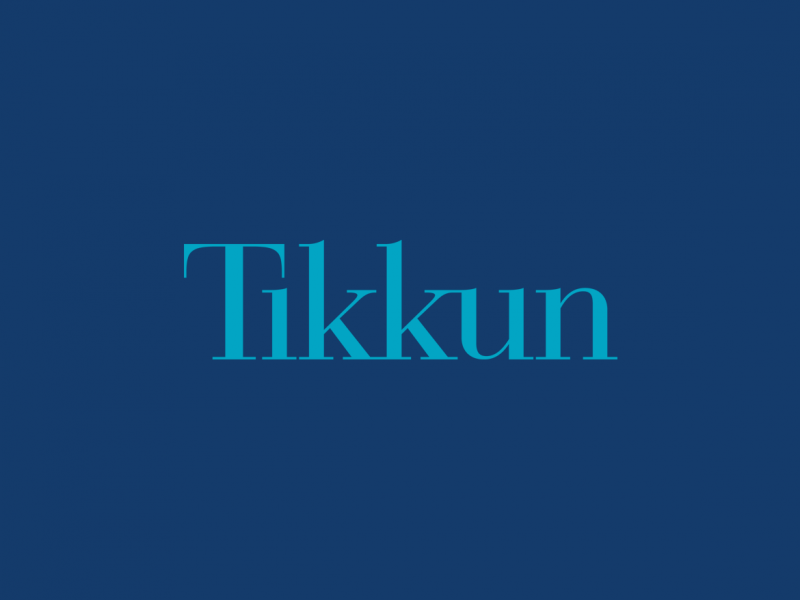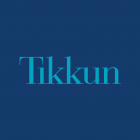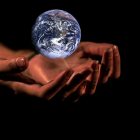Demobilizing America
A Nation Made by War and a Citizenry Unmade By It
By Tom Engelhardt
On successive days recently, I saw two museum shows that caught something of a lost American world and seemed eerily relevant in the Age of Trump. The first, “Hippie Modernism,” an exploration of the counterculture of the 1960s and 1970s (heavy on psychedelic posters), was appropriately enough at the Berkeley Art Museum. To my surprise, it also included a few artifacts from a movement crucial to my own not-especially-countercultural version of those years: the vast antiwar protests that took to the streets in the mid-1960s, shook the country, and never really went away until the last American combat troops were finally withdrawn from Vietnam in 1973. Included was a poster of the American flag, upside down, its stripes redrawn as red rifles, its stars as blue fighter planes, and another showing an American soldier, a rifle casually slung over his shoulder. Its caption still seems relevant as our never-ending wars continue to head for “the homeland.”
“Violence abroad,” it said, “breeds violence at home.” Amen, brother. The next day, I went to a small Rosie the Riveter Memorial museum-cum-visitor’s center in a national park in Richmond, California, on the shores of San Francisco Bay. There, during World War II, workers at a giant Ford plant assembled tanks, while Henry Kaiser’s nearby shipyard complex was, at one point, launching a Liberty or Victory ship every single day. Let me repeat that: on average, one ship a day. Almost three-quarters of a century later, that remains mindboggling. In fact, those yards, as I learned from a documentary at the visitor’s center, set a record by constructing a single cargo ship, stem to stern, in just under five days. And what made such records and that kind of 24/7 productiveness possible in wartime America? All of it happened largely because the gates to the American workforce were suddenly thrown open not just to Rosie, the famed riveter, and so many other women whose opportunities had previously been limited largely to gender-stereotyped jobs, but to African Americans, Chinese Americans, the aged, the disabled, just about everyone in town (except incarcerated Japanese Americans) who had previously been left out or sold short, the sort of cross-section of a country that wouldn’t rub elbows again for decades. Similarly, the vast antiwar movement of the 1960s and early 1970s was filled with an unexpected cross-section of the country, including middle-class students and largely working-class vets directly off the battlefields of Southeast Asia. Both the work force of those World War II years and the protest movement of their children were, in their own fashion, citizen wonders of their American moments. They were artifacts of a country in which the public was still believed to play a crucial role and in which government of the people, by the people, and for the people didn’t yet sound like a late-night laugh line. Having seen in those museum exhibits traces of two surges of civic duty — if you don’t mind my repurposing the word “surge,” now used only for U.S. military operations leading nowhere — I suddenly realized that my family (like so many other American families) had been deeply affected by each of those mobilizing moments, one in support of a war and the other in opposition to it. My father joined the U.S. Army Air Corps immediately after the Japanese attack on Pearl Harbor.



